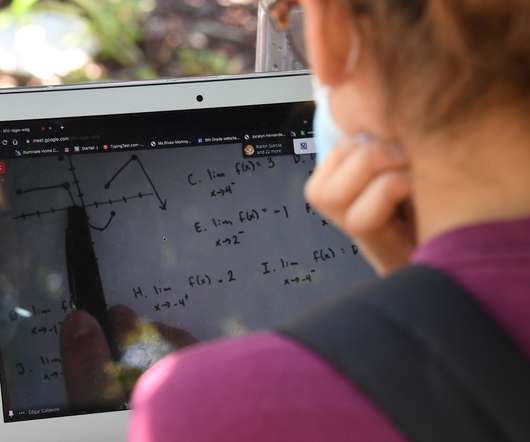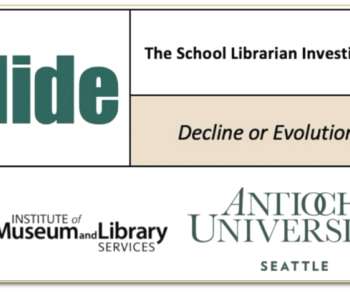Funding Edtech with the E-Rate Program and Grants
edWeb.net
NOVEMBER 13, 2019
During a recent edWebinar , edtech experts provided an overview of the E-Rate program, state matching funds, and ways to obtain grants for technological development. Accessing the E-Rate and Matching State Funds. She is a past board member and chair of CoSN and is Vice President of Advocacy and Programs for LACUE.























Let's personalize your content